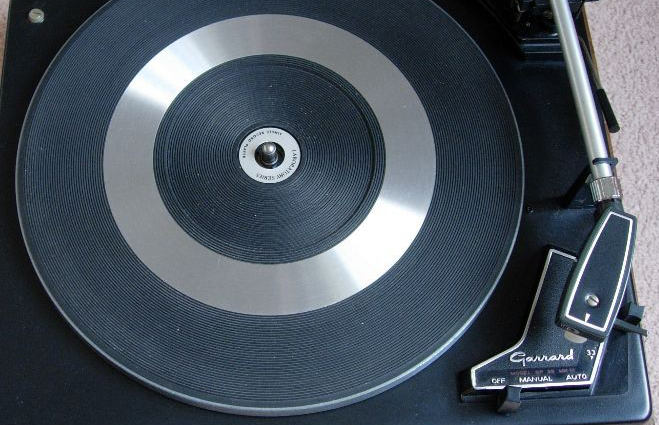This post follows my last one on buying vinyl records as a teenager. It’s about cassette tapes, of which I still have a few – some dating back to the 1970s.
Receiving a cassette tape recorder one Christmas I was at last able to record stuff and play it back. I started by recording the adults answering my stupid questions.
Then, with the help of a stereo cable I recorded music off the radio – no longer did I have to wait for someone to play this week’s favourite pop song. Not just the music, but the jingles too. I had a whole cassette of radio station jingles… BBC Radio One, Capital, LBC, Caroline… A clear indication of where I was going.
About two years ago, much to other people’s dismay, I bought a HiFi cassette tape player. Just like listening to old records, digging out old cassette tapes – particularly my old mixtapes – brought back memories. I can tell you where I was when I held down the play and record buttons at the same moment in order to record something off the radio, or a single I’d just bought, or (much later) my performances at night clubs (where TDK C60 tapes changed hands for a fiver).
Making tapes was a great pastime. Not just for me, but lots of people at my school. We’d record stuff and swap tapes. It was the only way we were able to share music (other than lending out the vinyl – that you either would never see again, or it would come back scratched “my sister’s friend did it…”, or they’d deny any knowledge of it being scratched at all.)
Then there would be the mixtapes for a special friend. Then trying to blend one single into another, primarily by pressing the pause button on the beat of a pop song, and releasing it on the beat of the next one. That was Garrard SP25 beat mixing 1974 style.

So where’s all this going?
Well, what we have today is plethora streaming services providing access to music, but no ownership. No sleeve notes to read, no lyrics to interpret, nothing to hold, nothing to share, nothing to keep, nothing to go on the shelf, nothing to lend out never to return, nothing to hand down, nothing to give to a friend.
“Happy birthday, here’s a music streaming voucher”.
And there’s something else, these streaming services withdraw tracks at the drop of a hat. One day your fave song is listed, the next it isn’t. It’s the same with video streaming services – which is why I still buy DVDs. Deezer deleted 26 million music tracks in March. Anyway…
There’s a joy to owning the physical product. If you are given a cassette tape, CD, or vinyl record, you will look at it, listen to it, read the sleeve notes, assign some value to it, sentimental or otherwise. I still have cassette tapes of famous DJs doing their stuff, the UK’s Robbie Vincent comes to mind.
Not only that – and here’s where I am going with this [at last!] – with someone’s work in your hand you have a connection with the musician. And musicians may well be missing a trick by relying on streaming services to make a dollar.
Yes, streaming services have a global reach, but the trade off is increased competition from every other musician in the genre. Plus, one has to pay to appear on these services. And what do musicians do? Tell their followers to visit Spotify or some such place, to hear their music. What if the fan isn’t a member?
My understanding from musician Mary Spender is that if one song is streamed 1,000 times on Spotify, the performer gets nothing. In fact, they are out of pocket due to the listing fees charged by the firm.
She makes a compelling case for musicians to sell their music on a cassette, saying 50 copies of a cassette tape could turn a profit of $300 after costs. The equivalent of 88,000 streams on Spotify.
“What’s more realistic?” Asks Spender. Good point.
If your music is featured on a streaming service, what’s your chance of earning $300? And do you know who’s listening?
I love the idea of musicians getting money directly into their pocket, plus building a connection with their audience. I can almost imagine podcasts being recorded to cassette and shared as a physical product. Buy the cassette and get a free digital download.
Some of you might hiss at the suggestion of using a tape cassette, saying a CD is better. You may have a point, but cassette is analogue – no computer needed (and no identifying data in the digital file). Press record, start playing. Stop. Job done. Raw and natural.

